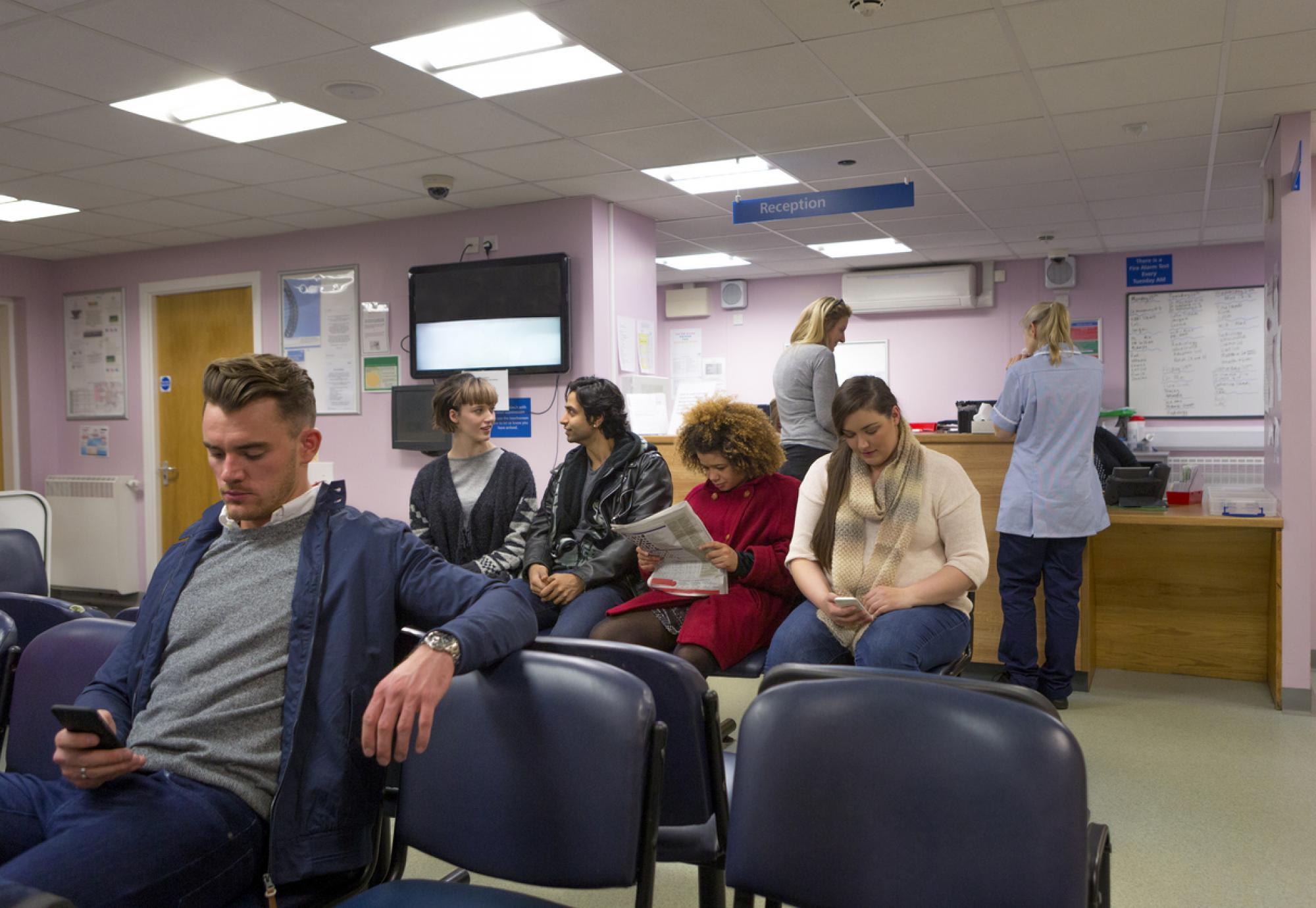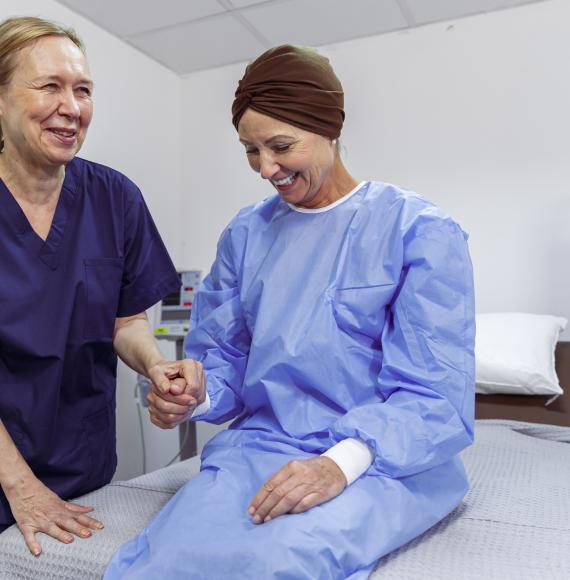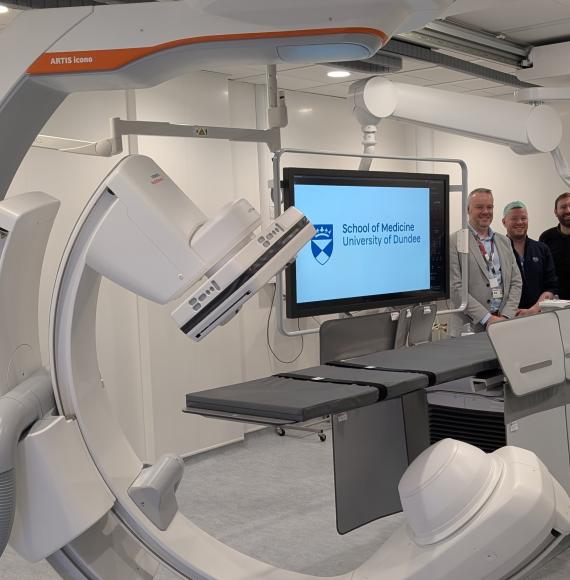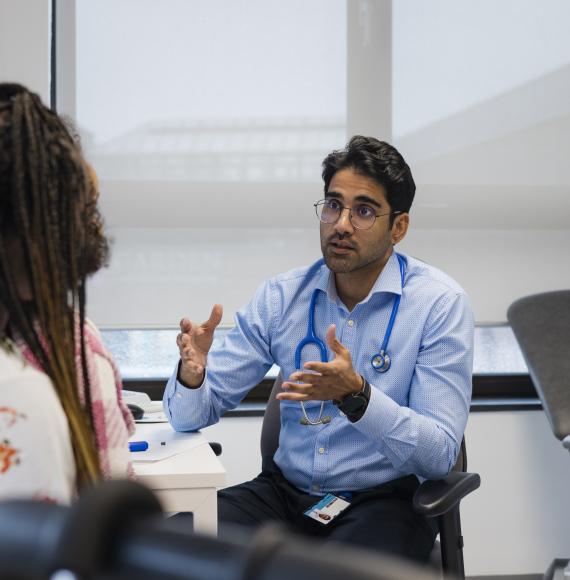A continued capital funding boost for primary and community services is vital if the NHS is to achieve the government’s plan to move more care out of hospitals and develop a neighbourhood health service, health leaders have warned.
The NHS Confederation is urging the government to use the upcoming Spending Review to increase investment in capital funding for estates, equipment, and technology across the NHS.
The government has committed to developing a neighbourhood healthcare service, with local hubs bringing primary, community, and other services under one roof. As the government plans to deliver 1.5 million new homes by the next Parliament, it is crucial to ensure healthcare infrastructure grows to match this so new towns can access services.
Historic underinvestment in capital has made it difficult for GPs and community providers to make their buildings suitable for modern healthcare, with a fifth of GP estates pre-dating the NHS and half more than 30 years old. The capital available has often been focused on acute hospitals and secondary care, which will not provide the transformational funding needed in primary and community care to shift more care out of hospitals.
The NHS Confederation convenes local health leaders and decision-makers at its “Care Closer to Home” conference in Birmingham today to discuss practical solutions to deliver the government’s ambitions. NHS leaders welcomed the government’s £3.1 billion increase in capital funding announced in the Budget last October but warn that more will be needed in primary and community services to put the health service on a sustainable footing long-term. This was announced alongside the £102 million investment for upgrades to GP premises, described as a first step towards transforming the primary care estate.
Matthew Taylor, Chief Executive of the NHS Confederation, said:
“The upcoming spending review and Ten Year Plan offer a great opportunity to reshape the health and care system around the principles of community, prevention and digital improvement.
“As Lord Darzi highlighted, the NHS has been starved of capital investment for a decade, with capital pots often raided to plug deficits. This has left estates that are not fit for purpose, a significant backlog maintenance bill of approximately £14 billion, outdated equipment and a lack of investment in digital transformation.
“NHS leaders have told us that a lack of capital is one of the biggest barriers to improving productivity and that is why we welcomed the government’s announcement of more capital in the Budget.
“But the failure to grow and invest in primary and community health care services adequately is one of the most significant and long-running failures of policy and implementation. Despite repeated intentions to move more care out of hospitals, the share of NHS spending allocated to hospitals has continued to increase.
“There is a vision for primary and community care to be at the centre of the patient’s experience of the health service providing treatment closer to where they live and reducing the need for expensive hospital treatment.
“But for this vision to become reality and successfully make the shift from hospital to community, sickness to prevention, and analogue to digital, more capital funding will be vital to ensure primary and community services have the right estate, equipment and technology to meet rising demand for care.”
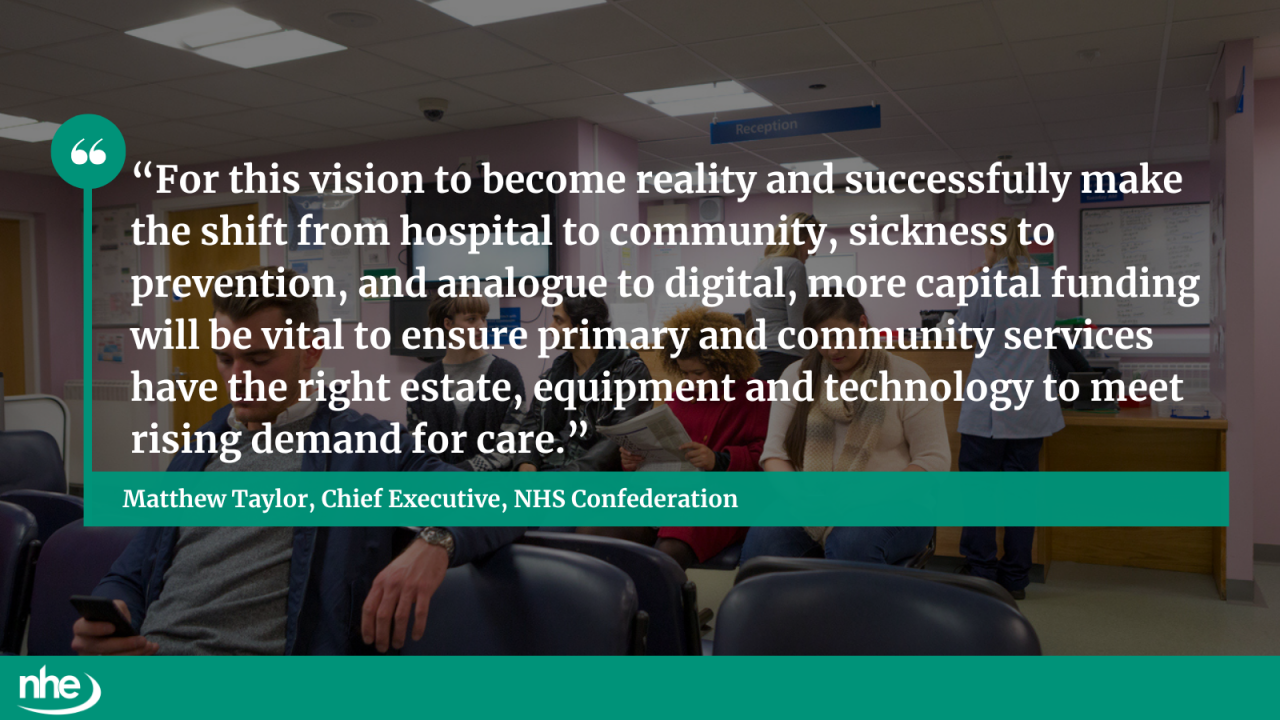
While some new funding has been directed into primary and community services, continued investment is needed to repair and repurpose existing buildings, construct new facilities, and invest in modern technology and equipment. The government has pledged to shift more resources, such as staff and funding, out of hospitals and into primary and community care by the end of this Parliament.
Primary care, often described as the front door of the NHS, includes GP surgeries, NHS dentistry, opticians, and pharmacies. Community providers deliver a wide range of services that keep people well in the community, from health visiting and paediatric services to urgent community response, virtual wards, and frailty services. Bringing care closer to home means a larger role for primary and community services, reducing the need for expensive, late-stage interventions in hospitals.
A shortage of suitable buildings has impacted efforts to increase both appointments and staff in primary care, with 20% of the GP estate pre-dating the founding of the NHS and 53% over 30 years old. This has left many GPs and their teams working in buildings that are often too cramped, too old, and too inflexible for a modern health service.
Lord Darzi's report highlighted the need for capital and reform to the NHS primary care estate, describing it as "plainly not fit for purpose." A survey of community provider leaders by the Community Network found that all respondents believed they did not have the right amount of capital to achieve the shift to the community, and 92% also believed this about the shifts from analogue to digital and from treatment to prevention.
Most respondents said they would like to see longer-term plans from the government to leverage the current NHS estates, while nearly four-in-five agreed that access to targeted capital investment and the freedom to explore alternative routes to strategic capital funding were essential. A discussion paper from the NHS Confederation concluded that several options are needed to raise capital, including shared investment models with private capital. It highlighted the potential for private sector investment to free up public capital to tackle the NHS’s £13.8 billion maintenance backlog.
Further research by the NHS Confederation and Carnall Farrar found a strong economic case for moving more care out of hospitals, with every £1 invested in community or primary care providing up to a £14 return back into the local economy through gross value added (GVA).
Image credit: iStock

